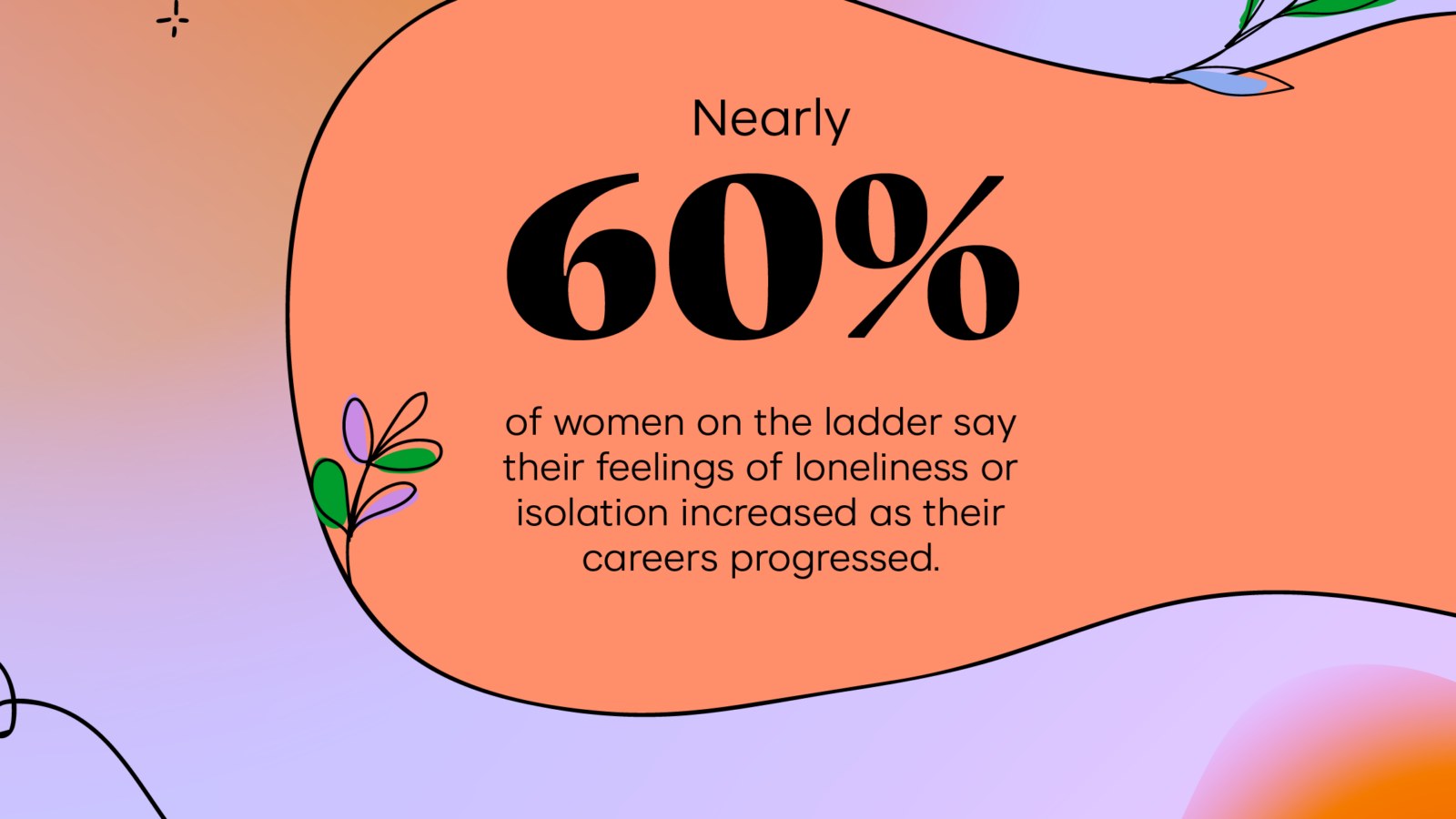By Jennifer DaSilva, President, Berlin Cameron
We’ve been hearing a lot about loneliness, seeing as it’s recently been called a health epidemic on par with the pandemic. “Every single person has the fundamental need for connection,” said Kasley Killam, a social scientist and the executive director of Social Health Labs. I’ve seen first-hand how important community is for myself and my family; I know it’s literally and figuratively kept my nearly 98 year-old grandmother sprightly and alive all these years.
I was on my way to visit my nearly 98-year old grandmother when I received an email from her asking if I would mind meeting 10 of her closest friends for a cocktail party. I thought to myself, “Wow, I hope I have 10 friends if or when I’m approaching 100.” I immediately answered “Yes!” with admiration.
When I met these lovely ladies, they told me about their Tuesday night dinners, their gazebo meet-ups for wine after dinner, their bridge club, their established roles in the community (one was the sommelier, another was the community’s bocce champion, and my grandmother was the bridge shark), and their support for each other if someone got sick or needed help. The community that they had built was truly admirable.
My grandmother and I are cut from the same cloth in our search for connection: We’ve tried to keep our family close-knit and have a love of bringing people together. She was adopted at a young age and in a constant pursuit of community; as an only child I followed closely in her footsteps. I remember seeing how much she thrived in her church community when I was a kid. I decided to go to Boston College, driven by the promise of the open arms of the Jesuit community. And that search kept going through my early New York City career days. It actually wasn’t until I became a mother that I found the community I had been searching for and learned how to authentically connect both at work and at home. But to this day, the anxiety of being the “lonely only” has always been a looming threat, so I continue to make connection a huge priority in my day-to-day work and the program I started, Connect4Women.
Because my personal search for connection has been such a constant — coupled with how, as I’ve risen in the corporate world, I’ve felt like I’ve had less confidantes at work — I was inspired to do some research. In our recent study conducted in February with Benenson Strategy Group and The.List, we learned that 53% of women have felt lonely in the last month and this feeling rises as you get more senior. Sixty percent of women on the ladder say that their feelings of loneliness or isolation increased as their careers progressed, while men are more likely to say that their loneliness and isolation decreases the further they’ve gone in their careers.
Their jobs were attributed to the isolation: 67% of women feel unsupported at their role and 40% of women feel that their companies do not help them succeed. This number increases to 72% when women think about support both at home and at work. This loneliness is also driven by a true lack of community. We found that 60% of women do not have a mentor or advisor, one-third of women executives do not have anyone they can talk to about their work, and one-third of women do not have a community they feel they belong to.
This begs the question: how do women SURVIVE in the workplace if we have the fundamental need for connection, but it’s simply not there? It’s no wonder that we’re seeing women jump off the corporate ladder. Fifty-three percent of women on the ladder have declined a job or promotion, or stopped working altogether because of the negative impacts on their personal life.
As we’re all continually stressed by the demands of work and our personal lives, finding a community can be another emotional labor. There are barriers to entry (such as the high costs of some women-centric communities). So what can we do to build an evolving network for ourselves that is going to last without it feeling like another to-do list item? Here are five low-lift ideas:
- Connect with yourself first to figure out your currency of connection. What types of connection do you need and how can you come to the table as authentically you to make that connection more fruitful?
- Connect with your hidden supporters. Who are the people who’ve done LinkedIn reviews for you? Who championed you in the room when you weren’t present but you heard about it later? Find those people and try to connect more deeply with them as they are already on your team.
- Utilize all company resources available to you to connect. Join an Employee Resource Group that speaks to you. At VMLY&R we have so many great ones, including one for caretakers, one for wellness, one for infertility, and more! Immerse yourself in corporate mentorship (we’re launching ours next month), and ask for coaching when you’re negotiating your role.
- Take the labor out of networking by giving yourself micro connection goals. Connect with one new person a month, making connections for other women) or texting one person you haven’t spoken to in a while once a week.
And just remember that there are resources out there. Corporate isolation or loneliness isn’t something you have to tackle on your own. Corporations need to be thinking about how to make work more connected, especially as we are all trying to find our way in this ever-changing world. The lesson from this ‘lonely only’ and my nearly 98 year old grandmother is to remember that community is essential and that our needs for community change as we evolve yet it remains so crucial to our well-being.


